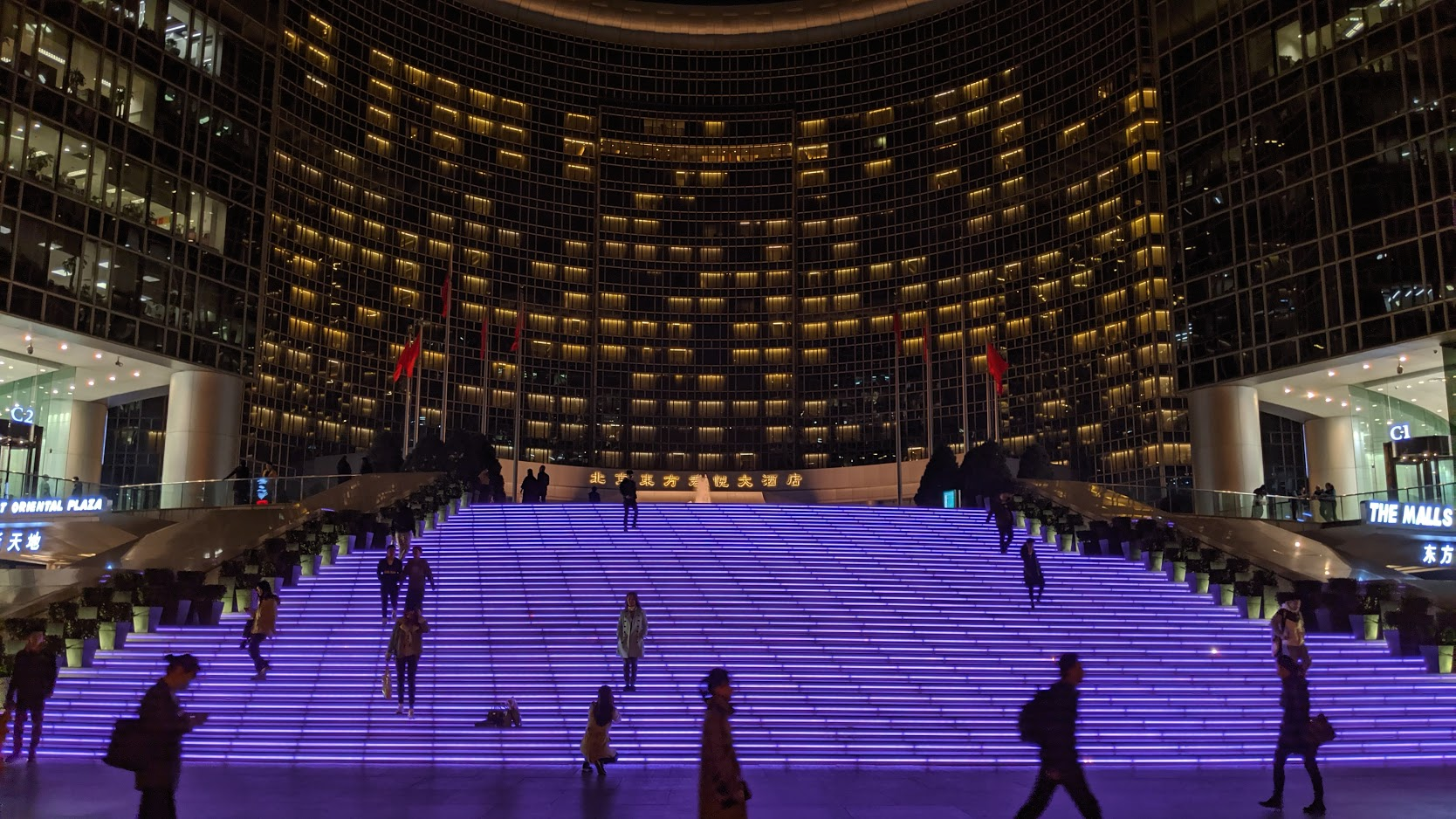Video conferences have become part of everyday working life since Corona. This is probably the biggest change that knowledge workers like invidis Consulting had to adapt to – besides working from home, postponed business trips and cancelled events. We took a look at trending interactive collaboration solutions.
The business life of consulting companies like invidis was quite simple in the time before Corona. Mobile phones and notebooks with classic video conferencing applications were all we needed. The rest was mostly done on site. The pandemic changed that. Even full-day workshops now take place remotely almost without exception. We regularly spend more than half of the day in video conferences. Preferably in the familiar Microsoft Teams environment or via Starleaf, our internal ISE tool.
However, as consultants we regularly have to use other video-based platforms depending on the client: Zoom, Google Meet, Cisco Webex and sometimes similar but rather exotic-looking variants. Notebooks are the worst tool for this kind of professional work. Because to actively conduct workshops and to facilitate discussions, we have to interactively work on the screen and moderate standing up. Low resolution, camera viewing angle from below and bad light make the notebook only an emergency option for longer external conferences.
The same applies to existing telepresence systems: Sophisticated executive video conference rooms with automatically dimming windows or displays and microphones recessed in tables no longer fit most teamwork scenarios today. They are little interactive, expensive, and technically inflexible. Only for internal, cross-location meetings are they ideal. However, the connection with other collaboration platforms is usually difficult.
Post-corona times call for flexible systems that can be used more independently. Large meeting rooms will be taboo in the foreseeable future for health reasons. Only small groups will be allowed to stay together in closed workspaces. We therefore believe that the demand for mobile systems will continue to grow. The boom of Microsoft Surface, even before the pandemic, had already shown the way: small, mobile, easy to use and even stylish in design.
Simple solution: the mobile stand
We at invidis have been using a second-generation NEC Infinity board (v2.1) since the outbreak of the Corona crisis. The 55-inch solution comes on a mobile stand, so we can use the screen flexibly in different offices. The UHD touch display looks good; and the system scores particularly well in terms of haptics thanks to the easy-to-use PCAP technology. The whiteboard function within Microsoft teams replaces the document camera that we had regularly used for chart scribbles and concept drafts. Even though a piece of „overhead projector romance“ disappears from daily life, we will not miss the camera. In everyday use, we often do not even make use of the full UHD resolution on the 55-inch display in order to see details even from our desks.
The camera integrated into the soundbar is excellent and reliably zooms automatically. The limiting factor for the image quality is rather the collaboration platforms: Since the crisis, quality has been reduced to avoid overloading the global network infrastructure. The microphones, on the other hand, are remarkably good. In a closed room, we can still be heard clearly even at a distance of four to five meters from the board. Thanks to the optional OPS system, we can use the Infinityboard as a high-performance Windows system – even if it’s primarily PowerPoint and Excel for us, we can edit Office documents natively.
The only criticism on our part is the „Wireless Projection“ function via the Windows 10 tool. Connections can sometimes break down or image errors occur that can only be fixed with a restart.
What we lack? Not much – our new „colleague“ helps us as efficiently as possible during the Corona period. Video conferences over any platform are now child’s play. But of course we still have a few small wishes for the industry:
- Design counts – take a look at the Microsoft Surface Hub. The solutions should also look appealing from the back in particular, if they are to be used flexibly on wheels in the office. Preferably without open cables. Can’t someone develop backcovers as accessories?
- LED light – the charm of mobile video collaboration is quickly lost in less than ideal lighting conditions (daylight/backlight). The quality requirements for video conferences are increasing, good illumination is becoming more and more important. We had to buy a few Selfie LED video lights powered via the USB at the display and created our ideal studio lighting that way.
For permanently installed video collaboration boards, we recommend the integration of presence sensors that can detect the number of people in front of the screen and the general utilization. In addition, location-based asset tracking is a good idea for mobile screens. This makes it easy to find out in which room the device is located at a certain moment.
What should an ideal post-corona solution look like?
■ High-resolution automatically zoomable video camera
■ Powerful microphones and speakers
■ High-resolution PCAP touch display
■ Intuitive user interface (most users feel comfortable in Windows environments). Alternatively, a separate interface that shows only the necessary applications
■ Support of the most important video collaboration platforms
■ Wireless projection that simply works
■ LED light#
Get full access to all invidis yearbook articles – it’s free!
Download the industry bible for more analysis and market data. Secure your personal copy now – it’s free of charge.

